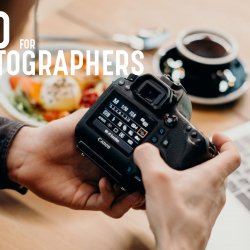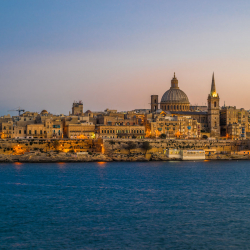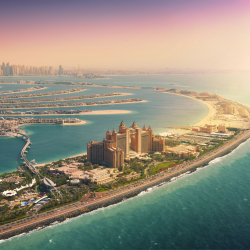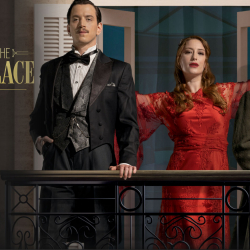Architectural photography tutorial
Basic architectural photography tutorial for Beginners
I often get asked questions regarding techniques on architectural photography and photographing interiors and architectural photography. Most often than not people who ask me these questions have very little knowledge of architectural photography. Therefore it is very hard for me to resume a lifetime of learning and refining techniques into a few paragraphs.
What I can do is share this simple video on basic architectural photography techniques. This video discusses HDR, a new technique, very appealing to architectural and interiors photographers, that became available with the emerge of digital technologies. HDR stands for High Dynamic Range and it solves issues faced by basic architectural photography, especially when shooting interiors. Most of these issues are encountered at times when the dynamic range between the exterior and the interior supersedes the range of exposure the camera can capture. In another world the ability of the camera to register that difference.
Photographers used to face the decision of sacrificing the interior exposure in order to capture exterior/window detail or blow out the exterior/window exposure in order to capture the correct interior exposure. Unless of course the brought supplemental/artificial lighting. HDR now allows you to register both the interior and exterior/window exposure correctly.
In my humble opinion you should consider the following (not mentioned in the video):
1) High-end commercial interiors photography are almost never done with HDR (at least none of the images on my website have HDR)
2) Try not to use the exposure that is more than 4 stops away. Otherwise, the image will start looking incredibly fake. (-2/0/+2) in your camera meter
3) Make sure you remove the autofocus on your lens after you focus as you may run the risk of the camera re-focusing and readjusting the zoom causing you to end up with 3 different images.
4) The camera should be used either in automatic or in Av aperture priority. This way you can end up with 3 different images by adjusting the shutter speed and not the aperture.
5) If you can spend a little bit of money try using a prime lens (lens with no zoom) as zoom lenses, like the 16-35 used in this video, tend to have an incredible amount of barrel distortion. Barrel distortion is when straight lines start looking curved especially towards the edge of the frame. In case you don’t have one, make sure you use the raw converter in photoshop to correct for it.
Hope this basic architectural photography tutorial video is of some help.








